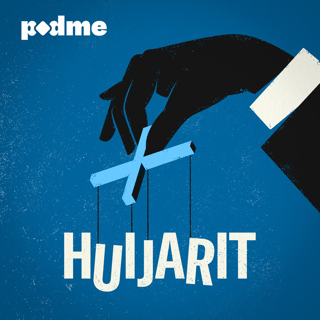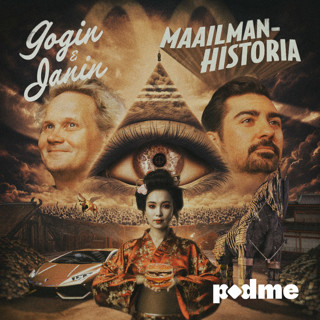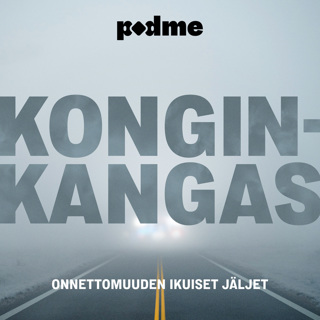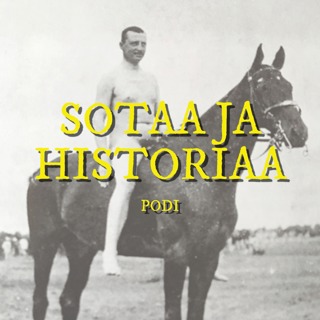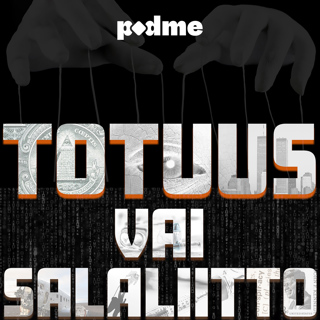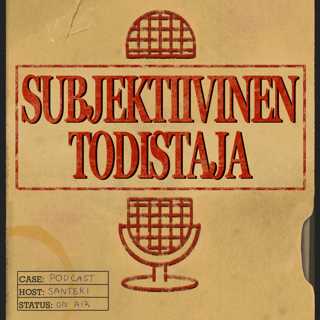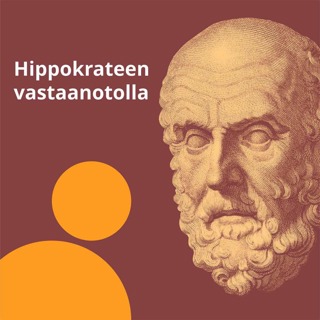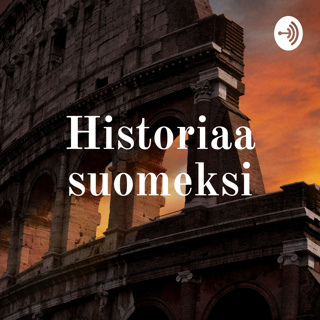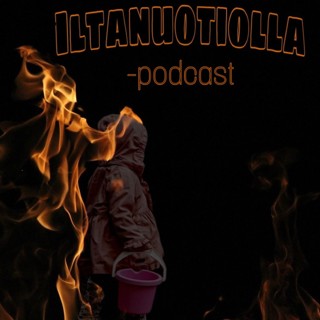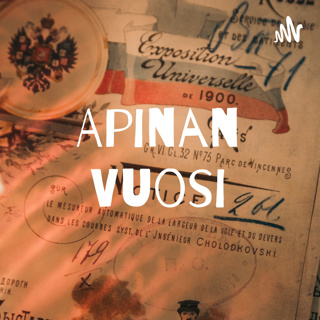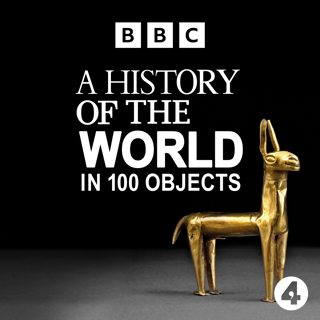
Reformation Centenary Broadsheet
Neil MacGregor's world history as told through things that time has left behind. This week Neil is looking at the co-existence of faiths - peaceful or otherwise - across the globe around 400 years ago. So far he has looked at objects from India and Central America, Iran and Indonesia that embody the political consequences of belief. Today he is back in Europe, with a document that marks an anniversary and that is designed to raise morale. It's a woodblock print, a broadsheet, commissioned in Saxony in 1617 to mark a hundred years of the Protestant Reformation and anti-Catholic sentiment. Neil describes the broadsheet and the uncertain Protestant world that produced it. Was this the first time that an anniversary was commemorated in this way, with a kind of souvenir? The broadcaster and journalist Ian Hislop considers the broadsheet as an early equivalent to the tabloid press while the religious historian Karen Armstrong describes the reforming motivation that the broadsheet celebrates.Producer: Anthony Denselow
1 Loka 201013min

Mexican Codex Map
The history of humanity as told through one hundred objects from the British Museum in London. This week Neil MacGregor is looking at the co-existence of faiths - peaceful or otherwise - across the globe around 400 years ago. Today he is with a document that shows what happened after Catholic Spain's conquest of Mexico - it's an old map, or codex, that was made at the height of the Spanish church building boom in Mexico. Neil uses the object to consider the nature of the Spanish conquest and to explore what happened when Catholic beliefs were assimilated alongside older pagan beliefs. The historian Samuel Edgerton offers an interpretation of the map that shows churches alongside older temples, and the Mexican born historian Fernando Cervantes considers the ongoing legacy of the great Christian conversion. Producer: Anthony Denselow
30 Syys 201014min

Shadow Puppet of Bima
The history of humanity - as told through one hundred objects from the British Museum in London - is in South East Asia. This week Neil MacGregor, the museum's director, is with the objects from across the world around 400 years ago that explore the relationships between religion and society. Today he is with a shadow puppet from the Indonesian island of Java, asking how a puppet watched by a predominantly Muslim audience is a character from a Hindi epic. He describes the history of the theatre of shadows and explores how it reveals the religious traditions that have shaped Indonesian life. He talks to a puppet master from Java. And the Malaysian novelist Tash Aw discusses the influence of shadow theatre on the region today.Producer: Anthony Denselow
29 Syys 201014min

Shi'a Religious Parade Standard
Neil MacGregor's world history as told through things. This week he is exploring the development and co-existence of faiths across the globe around 400 years ago, looking at objects from India and Central America, Europe and Indonesia that embody the political consequences of belief. Today, he is with a remarkable object from Shia Iran that in the 16th century was open to the co-existence of faiths. The object he has chosen is a symbol of Shia faith, a standard or Alam that was carried at the front of Shia processions. They were often so tall and heavy that they would require great physical strength to handle. Neil visits religious sites in Isfahan to reflect on the spiritual climate of the time. Hossein Pourtahmasbi, from the Iranian community in London and a former alam carrier, describes the tradition. And the Iranian historian Haleh Afshar reflects on the shifting position of Shia Islam within Iran over the centuries. Producer: Anthony Denselow
27 Syys 201014min

Pieces of eight
Neil MacGregor's world history as told through things that time has left behind. This week he is exploring the world between 1450 and 1600 - looking at what was happening in South America, Africa and Japan at the time of the great European age of discovery. He has looked at the new ocean going galleons that were being built in Europe at this time and today he describes the money that was being used to fuel the great new trade routes of the period. He is with pieces of eight, little silver coins that by 1600 could have been used in many countries around the world. Neil describes Spain's dominance in South America and their discovery of a silver mountain in Potosi in present day Bolivia. He describes the process by which pieces of eight turned into the first truly global money. The Bolivian former head of a UNESCO project in Potosi describes the conditions for workers there today and the financial historian William Bernstein looks at how these rough silver coins were to shift the entire balance of world commerce. Producer: Anthony Denselow
24 Syys 201013min

Kakiemon elephants
The history of humanity as told through one hundred objects from the British Museum in London is this week exploring the world at the time of European discovery - between 1450 and 1600. Today Neil MacGregor is with a pair of white elephants, the size of small dogs. They come from Japan, are made of fine porcelain and take Neil on a journey that connects Japan to Korea and China and to a growing trade network in Western Europe. How did the great skill of porcelain production spread across the Far East? Why elephants? And how did these objects become so desirable to the European elite? He discovers the specific technique of this porcelain style (and traces it to a Japanese potter called Kakiemon) and follows other examples of this same pottery to an English country house. Miranda Rock describes the Kakiemon collection at Burghley House, the present day Kakiemon potter discusses his work and the Korean porcelain expert Gina Ha-Gorian explains how the detailed technology for porcelain production spread. Producer: Anthony Denselow
23 Syys 201013min

Double-headed serpent
The history of humanity - as told through one hundred objects from the British Museum in London - is back in South America. This week Neil MacGregor, the museum's director, is with objects from around the world between 1450 and 1600. This is the time of huge European expansion thanks to the new developments in ship building. Today he is with an object made by the Aztecs of present day Mexico. He describes the Aztec world and the Spanish conquest of this culture, through a double-headed serpent made from tiny pieces of turquoise - one of the stars of the British Museum. The Aztec specialist Adriane Diaz Enciso discusses the role of the snake in Aztec belief while the conservator Rebecca Stacey describes the scientific detective work that the object has prompted. Producer: Anthony Denselow
22 Syys 201013min




